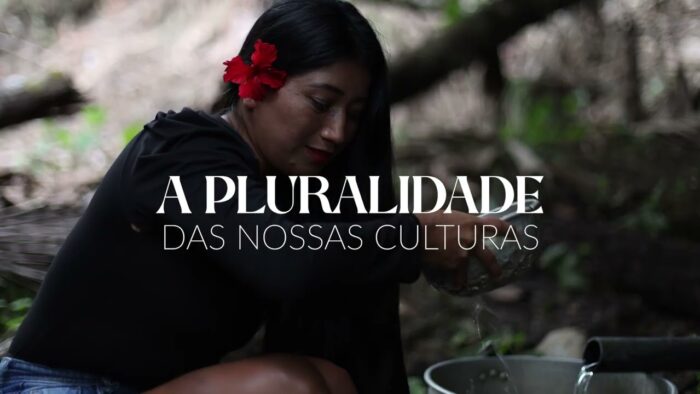World Bank Supports Tourism Development in the Eastern Caribbean
WASHINGTON, April 7, 2017 – Tourism dependent communities in Grenada, Saint Lucia, and Saint Vincent and the Grenadines will benefit from better connectivity, better infrastructure, and improved tourism market development as a result of a US$ 26 million regional project approved by the Board of Directors of the World Bank. Tourism accounts for 61 percent, 50 percent, and 45 percent of export earnings in Saint Lucia, Saint Vincent and the Grenadines, and Grenada, respectively, and 42 percent of employment in Saint Lucia and 19 percent both in Saint Vincent and the Grenadines and Grenada. While tourism is the lead economic sector in the Organization of the Eastern Caribbean States (OECS), the region accounts for less than 0.2 percent of world tourism arrivals and receives less revenues than the rest of the Caribbean. "There is a tremendous potential to develop regional tourism in the Eastern Caribbean and the collaboration among the governments of Grenada, Saint Lucia and Saint Vincent and the Grenadines is highly promising”, said Tahseen Sayed, World Bank Country Director for the Caribbean. “This is an opportunity to develop the tourism industry, generate new jobs particularly for women and young people, and attract private sector investments". The project aims at facilitating access and movement of travelers through a pilot ferry service, rehabilitating select tourism sites such as Fort George in Grenada, Fort Charlotte in St Vincent and the Grenadines, and Castries in Saint Lucia, and helping position these countries as one multi-island travel destination. Among concrete results to be achieved by the OECS tourism competitiveness project are: · Improved movement of people by piloting a ferry system; · Rehabilitation of Fort George in Grenada and Fort Charlotte in Saint Vincent and the Grenadines; and the redevelopment of downtown Castries in Saint Lucia; and · Launch of a tourism market development and promotion in the three countries. This project is financed by a US$ 20 Million credit from the International Development Association (IDA) with a final maturity of 40 years and a 10 year grace period, and six million loan from the International Bank for Reconstruction and Development (IBRD) with a final maturity of 30 years and a 9.5 year grace period.


